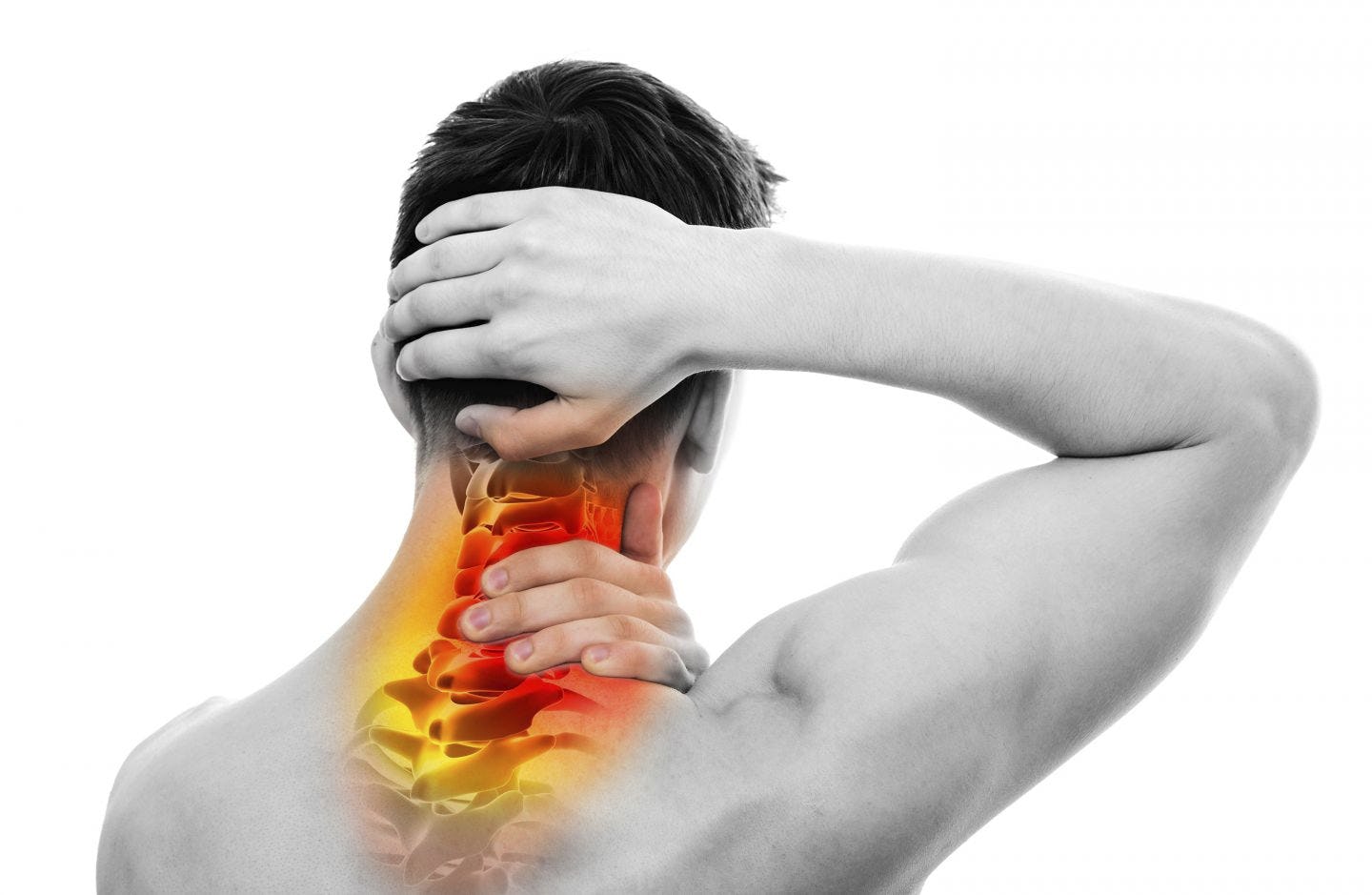-
Head
A headache is pain that occurs in the front, top, side(s), or back of your head.
Headaches are our most common form of pain and a major reason cited for days missed at work or school as well as visits to the doctor.
The International Classification of Headache Disorders, published by the International Headache Society, is used to classify more than 150 types of primary and secondary headache disorders.
Primary headaches occur independently and are not caused by another medical condition. The main classifications of headaches are:
- Tension-type headache
- Migraine headache
- Cluster headache
Headaches that our expert clinicians commonly treat are:
- Cervicogenic headache (headache coming from the neck)
- Jaw/TMJ related headache
- Tension headache
- Stress-related headache
- Headaches related to some nerve disorders
Frequency & Intensity
Headaches can range in frequency and severity of pain. Some individuals may experience headaches once or twice a year, while others may experience headaches more than 15 days a month. Pain can range from mild to disabling and may be accompanied by symptoms such as nausea or increased sensitivity to noise or light, depending on the type of headache.
Physical Therapy for Headaches
Our therapists at Advanced Movement Therapy are highly trained to provide quality care for head and neck pain. A thorough initial evaluation helps us identify movement dysfunction that can be addressed with patient education, manual techniques, therapeutic exercise, and modalities. Regular reassessment provides reassurance that we are always working to achieve patient goals in a cost-effective manner.
Priority One – Pain Relief
Severe head & neck pain can be disabling. For this reason, our first priority is pain relief. Treating the underlying causes
of identifiable movement dysfunction is the next step toward achieving long-term relief and recovery.We Start with a Thorough Evaluation
When you see a therapist they will ask you following:
- Do you have any previous injuries to your neck, head, or jaw.
- When did the pain start, where is it located, what makes it better or worse.
- You’ll be asked to draw a picture of where it hurts.
- The therapist will perform special range of motion, strength, and sensation tests.
- There will be an assessment of your posture during sitting, standing, and performing various activities.
- Areas like the jaw, neck, shoulders, and middle back will be examined as well.
After we’ve asked you questions and performed a thorough exam, we will provide you with a summary of the findings and a personalized plan of care.
Hands-on Approach
Hands-on techniques, in most cases, are an essential part of a successful head and neck pain treatment program. Our
therapists apply the following approaches to the treatment of headaches:- Cutting-edge manual skills to for pain relief, relaxation, and recovery of motion.
- Postural retraining to reestablish positioning of the head neck and trunk.
- Neuromuscular reeducation to relax tense muscles and reactivate weak muscular support of the head and neck.
- Stretching techniques to alleviate muscle related pain and tightness.
- Therapeutic exercise to improve muscle endurance and maintain good posture.
- Modification of your workstation or home office.
Evidence is Our Guide
Medical research is continuously providing our clinicians at Advanced Movement Therapy with “current best-evidence” guidance so we are equipped to provide the state-of-the-art care to our community members.
We look to systematic reviews and random controlled trials to help guide us in the delivery of state-of-the-art care. Coupled with regular attendance to continuing education courses, Advanced Movement Therapy has a reputation for providing a high-quality service to those in need of head and neck pain rehabilitation.
-
Neck
Physical therapists (PTs) are experts in the art and science of the evaluation and treatment of human movement dysfunctions. We care for people of all ages and treat a variety of muscle, joint and neurological conditions.
Conditions we have successfully treated:
- Whiplash
- Acute Pain
- Sprains/Strains
- Chronic Neck Pain*
- Arthritis (spondylosis)
- Post Surgical Fusion
- Degenerative Disc Disease
- Pinched Nerves (Radiculopathy)
What are my treatment options?
- Drugs
- Surgery
- Epidural Injections
- Physical Therapy*
Advantages of Physical Therapy:
- No side effects.
- Cost-effective.
- Supported by clinical research*.
- Customized to treat the underlying cause.
Your Recovery Process:
- Pain relief is priority number one.
- Recovery of any lost neck motion.
- Neck stabilization techniques.
- Recovery of functional movement.
- Independent care.
Components of Your Care:
- A thorough biomechanical evaluation.
- Extensive patient education.
- A customized treatment plan.
- Gentle hands-on techniques to relax the muscles.
- Effective joint mobilization techniques to decrease stiffness.
- Pain relieving modalities such as ice, heat, ultrasound or electrical stimulation.
- Dynamic or static neck traction.
- Targeted stretching for tight muscles.
- Individualized posture retraining.
- Core neck stabilization techniques.
Everyone is different. You may require one or two visits, or an extended care plan over several weeks or months. If you’re ready for relief, and tired of “masking” your pain, treat the cause, not just the symptoms!
* Cited from the academic journal, Cochrane Database of Systematic Reviews 2004.
Contact Us Therapy to Learn More About How We Can Help
37 Sandiford Drive Suite 103
Whitchurch-Stouffville, ON L4A 3Z2
for appointments, insurance coverage information, and any additional questions.

